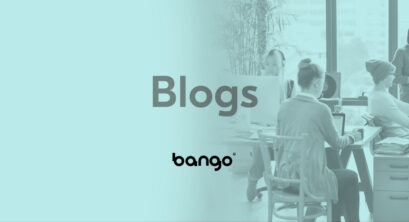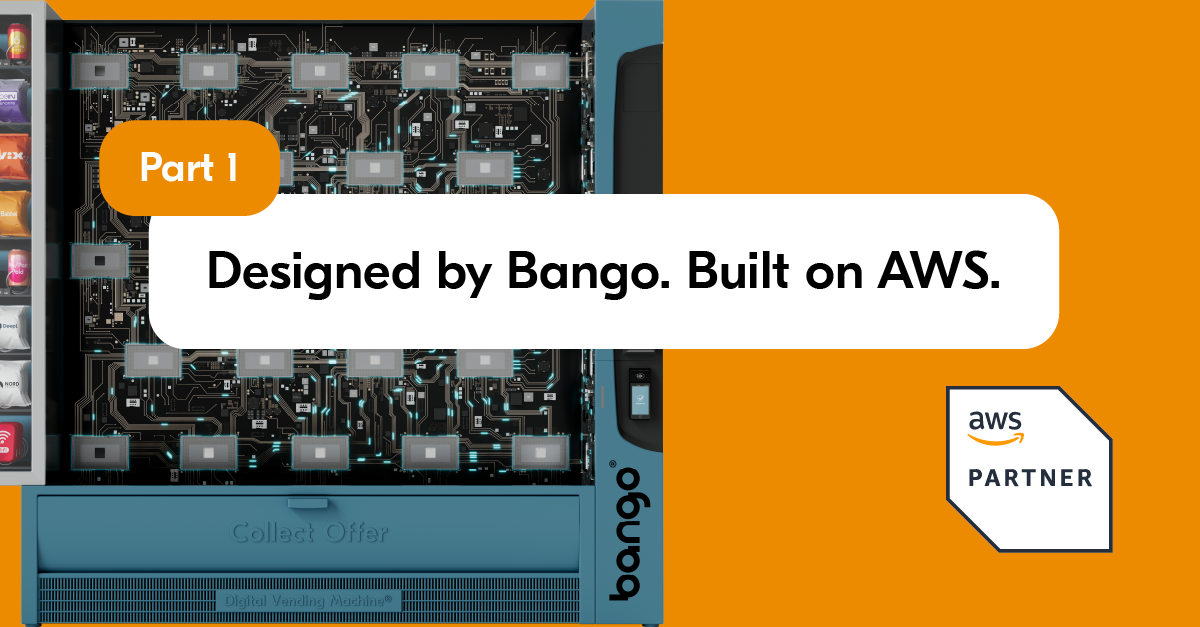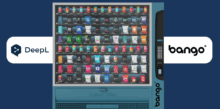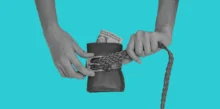First time payment capture is a critical factor to success
by Sukey Miller

A study by Bango in collaboration with Blackberry carried out over the first quarter of 2012 and using data outside that period unearthed some profound findings for providers of payment systems.
When a mobile user clicks “buy” to make their first ever purchase an in-app item or buy some content – like a music track or video, their choice at that point has long term consequences.
(1) Failure to pay – causes long term decline in spending
If the consumer is presented with choices they are unable to accept, Bango discovered that the number of users pressing “buy” again in the following month is only 12% against 48% who press but again if they were able to transact.
Interestingly, 8% (2/3 of the 12%) of people who return enter their credit card details – indicating that they did not have a card the first time they were asked.
(2) Choice of method – very sticky
If a user selects carrier billing as a payment method, then less than 1% of users will change to credit card in any month. Approximately 2% of card users will change to carrier billing each month – driven according to our data by card expiry, but with some indication that operator spending caps cause a user to switch to credit card.
(3) Compelling new content drives users to try harder to use credit card.
When a promotion is run to a group of users, or a compelling offer is made to stimulate first time payment activity – encouraging “buying behaviour”, a study of conversion rates is very illuminating.
On a typical week with no promotions, conversion rate in a developed market like Canada or the UK will be 80% using DCB and around 8% if the user is asked to provide credit card details. When a strong promotion is made, DCB conversion rate appears to remain around 80% but where DCB is not available and credit card has to be used, the conversion rate jumps to 13% and sometimes as high as 25%.
The data above indicates that if 1000 users are compelled to buy content, and they enter the payment flow, and DCB is not available, 130-250 of them will be “signed up to credit card” and will probably never come back to DCB. On the other hand if DCB is available, around 800 will use DCB and never return to credit card
Subscribe to our newsletter
Get the latest subscription bundling news and insights delivered straight to your inbox.



